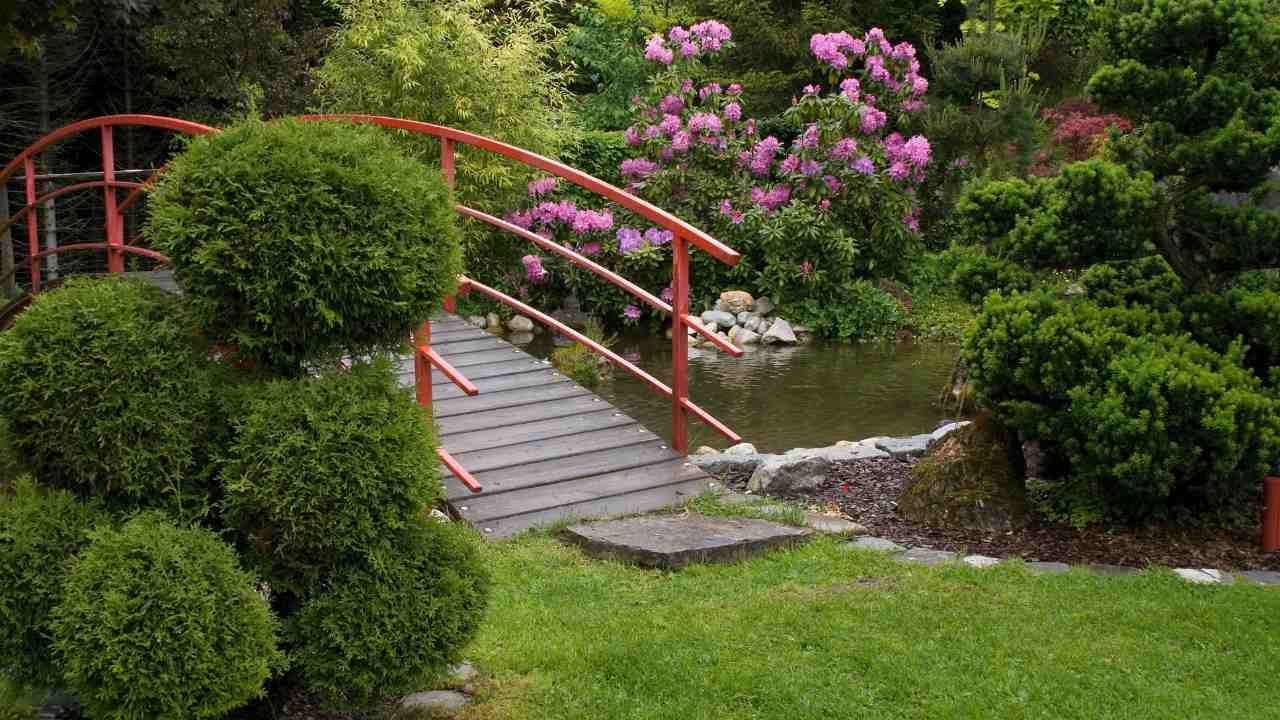Zen Garden Ideas for a Tranquil Outdoor Retreat

A Zen garden is more than just a beautiful addition to your yard—it’s a personal sanctuary where the outside world slows down and your mind can truly unwind. Rooted in Japanese tradition, these gardens use minimalism, natural textures, and thoughtful arrangements to evoke peace and harmony. Whether you have a sprawling lawn or a small backyard corner, you can create a tranquil retreat that helps you recharge every day.
In this guide, you’ll discover inspiring Zen garden ideas, practical tips, and design elements that transform ordinary spaces into calming escapes.
1. Start with a Serene Layout
The foundation of a Zen garden is its layout. Unlike traditional gardens that burst with color and variety, Zen gardens focus on simplicity and balance.
- Use clean lines and uncluttered spaces to create a sense of order.
- Place larger stones or features first, then build the rest of the garden around them.
- Allow for open areas where your eye can rest—this emptiness is as important as the elements you add.
The goal is to make every step, every glance, feel intentional. A well-thought-out layout makes the space naturally soothing.
2. Choose Natural Elements Thoughtfully
The beauty of a Zen garden lies in its materials. Rocks, gravel, sand, moss, and carefully pruned plants all work together to evoke stillness.
- Rocks & Gravel: Use raked gravel or sand to represent rippling water. Large stones can symbolize mountains or islands.
- Plants: Bamboo, dwarf pines, and low-maintenance moss create texture without overwhelming the scene.
- Water Features: Even a small stone fountain or trickling water bowl can add a meditative soundtrack.
When selecting materials, keep colors muted—soft grays, earthy browns, and deep greens promote a restful atmosphere.
3. Incorporate Pathways and Seating
A Zen garden invites slow, mindful movement. Curved pathways made of stepping stones or gravel encourage you to wander without rushing.
When considering a landscape design for your garden, adding a small bench or wooden platform gives you a place to sit and reflect. Position seating where you can take in the whole view or focus on a single focal point, like a sculptural rock or a bonsai tree.
4. Embrace Minimalism and Balance
In Zen philosophy, beauty is often found in restraint. Avoid overcrowding your garden with too many elements. Instead, aim for harmony between:
- Shapes – Contrast smooth stones with textured plants.
- Heights – Balance tall bamboo with low moss or gravel beds.
- Textures – Mix polished and rough surfaces to create visual interest without chaos.
Every item should have a purpose, whether symbolic or functional.
5. Make It Personal
While Zen gardens have traditional elements, your retreat should reflect your personality. If you love meditation, create a quiet corner with a cushion and lantern. If you prefer reading outdoors, add a low table for tea and books.
If you’re considering professional help, companies experienced in landscaping in New Haven CT, such as Avalanche Tree and Landscaping LLC, can provide expert guidance to ensure your Zen garden blends seamlessly with your home’s surroundings and meets your vision for landscape design.
Case Study: A Backyard Transformation
A homeowner in Connecticut wanted to turn an unused patch of grass into a serene escape. Working with a local landscaping company, they replaced the lawn with a raked gravel bed, large slate stepping stones, and a single stone lantern. A small water basin trickled softly in one corner. Within weeks, the space shifted from neglected to inviting—a perfect spot for morning tea and evening reflection. The homeowner reported feeling calmer and more centered, even on the busiest days, just by spending ten minutes in their new garden.
Final Touches for Year-Round Appeal
To keep your Zen garden inviting through all seasons:
- Use evergreen plants to maintain greenery in winter.
- Choose hardy moss and stones that withstand snow and rain.
- Refresh gravel patterns occasionally to keep the space feeling intentional.
A Zen garden is never “finished”—it’s a living, breathing space that evolves with the seasons and your own life.
Ready to create your own tranquil retreat? Start small, stay mindful, and let your garden grow into a place where peace comes naturally. For more information, contact us.

